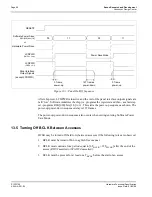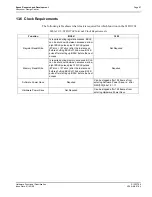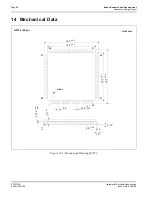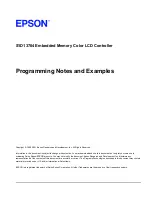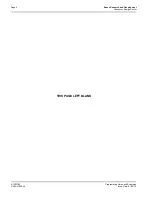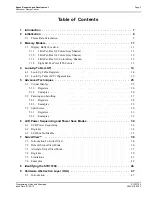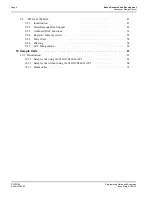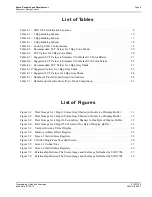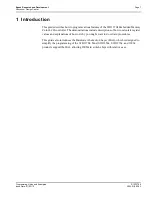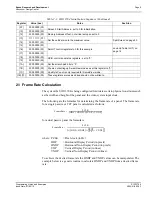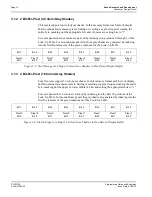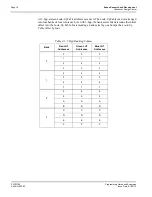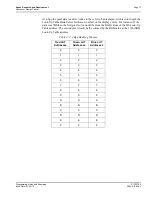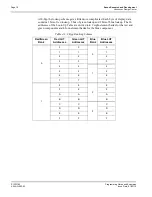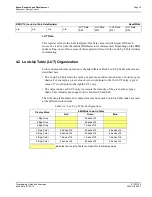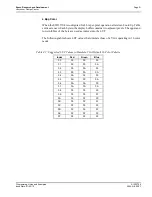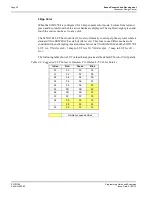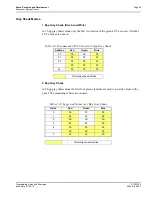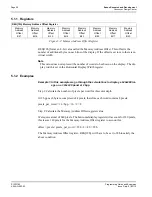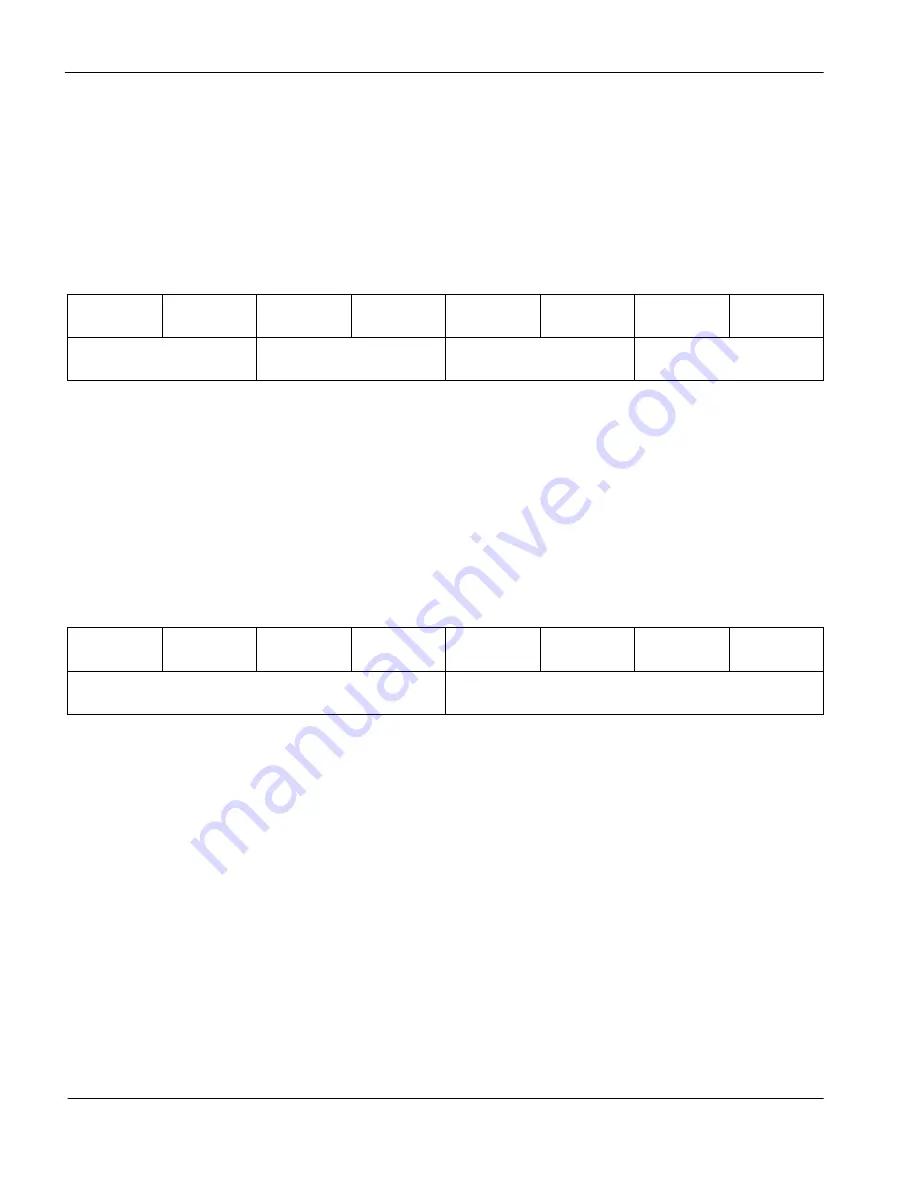
Page 12
Epson Research and Development
Vancouver Design Center
S1D13704
Programming Notes and Examples
X26A-G-002-03
Issue Date: 01/02/12
3.1.2 2 Bit-Per-Pixel (4 Colors/Gray Shades)
2-bit pixels support four color/gray shades. In this memory format each byte of display
buffer contains four adjacent pixels. Setting or resetting any pixel requires reading the
entire byte, masking out the appropriate bits and, if necessary, setting bits to "1".
For color panels the four colors are derived by indexing into positions 0 through 3 of the
Look-Up Table. For monochrome panels the four gray shades are generated by indexing
into the first four elements of the green component of the Look-Up Table.
Figure 3-2: Pixel Storage for 2 Bpp (4 Colors/Gray Shades) in One Byte of Display Buffer
3.1.3 4 Bit-Per-Pixel (16 Colors/Gray Shades)
Four bit pixels support 16 color/gray shades. In this memory format each byte of display
buffer contains two adjacent pixels. Setting or resetting any pixel requires reading the entire
byte, masking out the upper or lower nibble (4 bits) and setting the appropriate bits to "1".
For color panels the 16 colors are derived by indexing into the first 16 positions of the
Look-Up Table. For monochrome panels the gray shades are generated by indexing into the
first 16 elements of the green component of the Look-Up Table.
Figure 3-3: Pixel Storage for 4 Bpp (16 Colors/Gray Shades) in One Byte of Display Buffer
Bit 7
Bit 6
Bit 5
Bit 4
Bit 3
Bit 2
Bit 1
Bit 0
Pixel 0
Bit 1
Pixel 0
Bit 0
Pixel 1
Bit 1
Pixel 1
Bit 0
Pixel 2
Bit 1
Pixel 2
Bit 0
Pixel 3
Bit 1
Pixel 3
Bit 0
Bit 7
Bit 6
Bit 5
Bit 4
Bit 3
Bit 2
Bit 1
Bit 0
Pixel 0
Bit 3
Pixel 0
Bit 2
Pixel 0
Bit 1
Pixel 0
Bit 0
Pixel 1
Bit 3
Pixel 1
Bit 2
Pixel 1
Bit 1
Pixel 1
Bit 0
*

